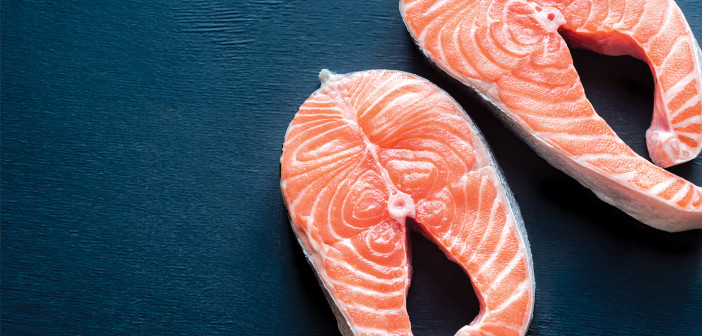In early May, the Detroit River made national news when a 9-pound, 10-ounce Atlantic salmon was caught just south of the Ambassador Bridge. It was believed that the salmon traveled at least 85 miles before it was caught, and the closest Atlantic salmon fishery is 350 miles north in St. Marys River! This news sent waves of excitement throughout the fishing community and served as a great kick-off to the summer fishing season.
During this season, I want to encourage residents to use the Eat Safe Fish (ESF) Guide created by the Michigan Department of Health and Human Services (MDHHS) to educate the public about local safe fish consumption. Filets from fish caught in Michigan’s rivers and lakes are tested to provide consumers with information on how much is safe to eat, because PCBs, dioxins and mercury can be found in Michigan fish. PCBs and dioxins build up in fatty tissue and have been linked to cancer and diabetes, whereas mercury builds up in the meat itself and can affect the nervous system – especially from gestational development through early childhood. However, fish is an essential form of nutrition for all ages, serving as a great source of protein, brain food, and some even contain omega-3 fatty acids.
The MDHHS fish consumption guidelines have been standardized for everyone, including kids, pregnant and breastfeeding women, adults with health problems and healthy adults. Using the ESF Guide, the whole family can often enjoy the same type of fish – the difference is in the amount per serving each person can safely eat.
One serving of fish in the ESF Guide is based on the following:
- A 180-lb adult can safely consume 8 ounces – a portion the size of a hand
- A 90-lb individual can consume 4 ounces – the size of a palm
- A 45-lb individual is safe with 2 ounces – half the size of a palm
- Ounces can be adjusted +/- 1 ounce per +/-20 pounds based on above baselines. Therefore, a 110-pound individual can add one ounce to their intake for a total five ounces per serving. Pregnant women should use their pre-pregnancy weight to calculate serving portions.
Acceptable servings per month for a variety of fish species from all of Michigan’s lakes and rivers can be found in the ESF Guide.
The 3 Cs for Safe Fish: Choose, Clean & Cook!
- Choose the safest fish: you can look your fish up in the ESF Guide for your county/water source.
- Clean your fish by trimming fat and skin: this will limit PCB and dioxin consumption.
- Cook your fish by grilling or broiling versus frying: these methods remove chemicals.
By following these recommendations, you can remove half the chemicals from your fish.
Ingham County data was available for the Grand River. The chemicals of concern in these fish include PCBs and mercury.
MDHHS also has a Buy Safe Fish brochure using FDA data on all 62 species found in the U.S., 90 percent of which are considered “Best Choices.” This means they are safe for consumption based on serving guidelines. It also stated that low-mercury fish and shellfish include shrimp, pollock, salmon, canned light tuna, tilapia, catfish and cod. Fish with generally high mercury levels include tilefish from the Gulf, shark, swordfish, orange roughy, bigeye tuna, marlin and king mackerel – parents of young children and pregnant women should avoid these completely.
Please visit michigan.gov/eatsafefish or you can call 800.648.6942 for a FREE Eat Safe Fish Guide.








